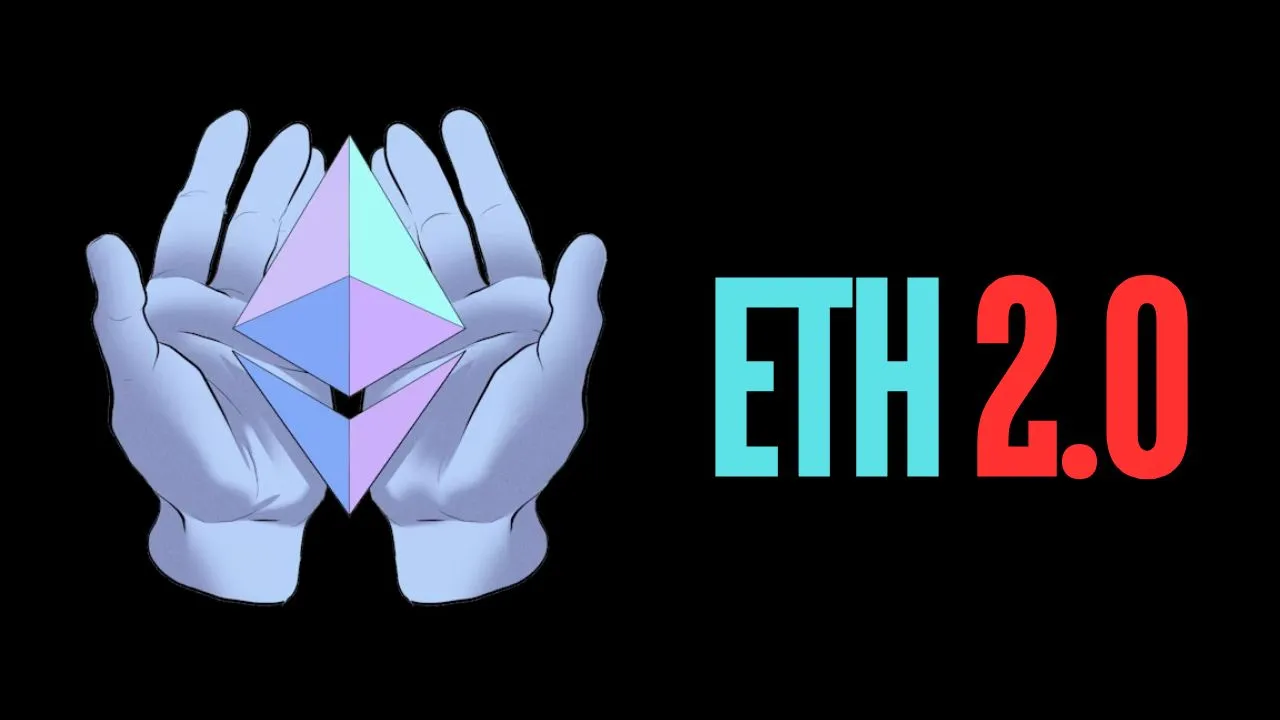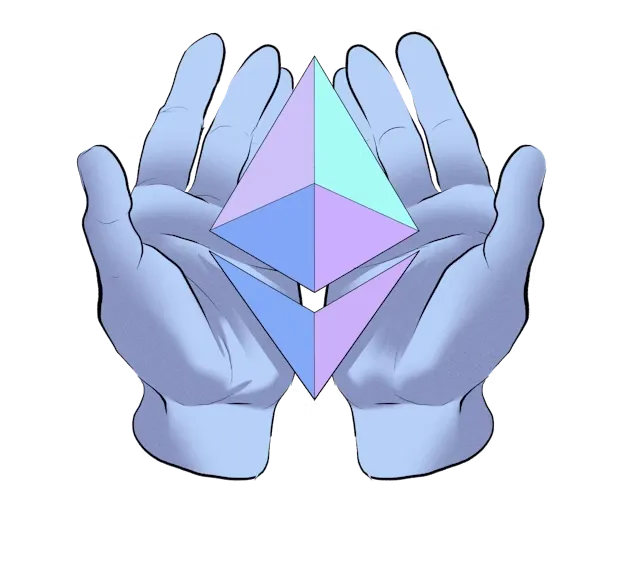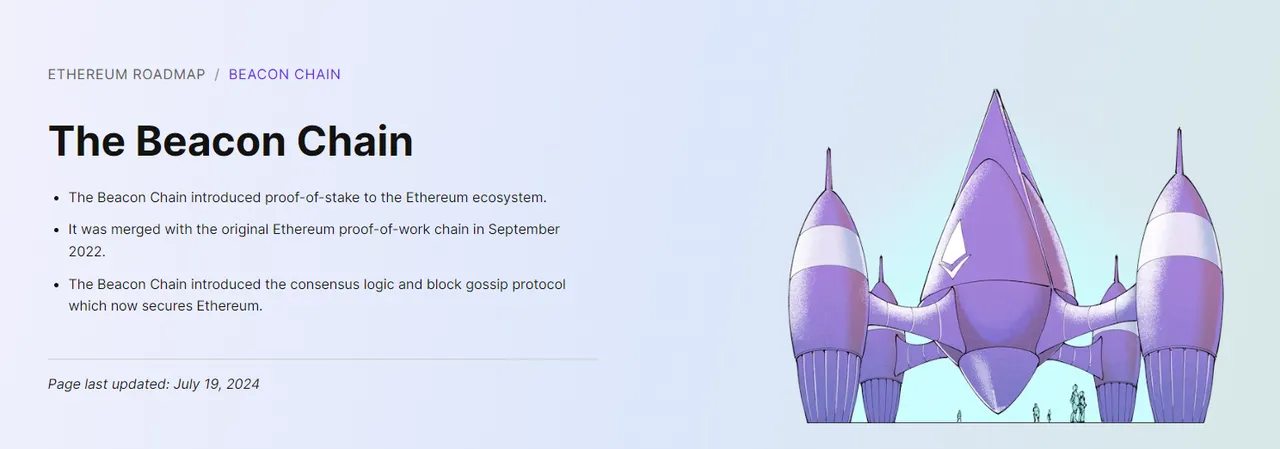
Hello readers,
For anyone who learns about the cryptocurrency realm for the first time, the first 2 terms that he learns about are Bitcoin and Ethereum. Now while Bitcoin is considered the father of this cryptocurrency realm or the Digital Gold, Ethereum always comes next to him and has successfully claimed the second seat because, in the wild world of blockchain technology, Ethereum has always been at the forefront after Bitcoin. But what exactly is Ethereum, and why does everyone seem to talk about it? Let us take a deep dive and discuss this topic without any further ado.
In simple terms, Ethereum is more than just a cryptocurrency, it is a digital platform that powers decentralized finance (DeFi) and smart contracts and is a pioneer in this sector without a doubt. In fact, when I first heard about Ethereum, it felt like a whole new layer of the internet to me, a system that could change how we interact with technology and finance.

However, as popular as Ethereum has become with time, it has not been without its problems. High gas fees or transaction costs to perform a transaction in this network and scalability issues have caused frustrations for users for a long time span and needed to eliminate this obstacle so that Ethereum becomes more cost-friendly. That is where Ethereum 2.0 comes in - a groundbreaking upgrade designed to solve these challenges and take Ethereum to the next level.
Why Ethereum 2.0 Matters
I will never forget the first time I made a crypto transaction in Hive blockchain, I was blown away by the idea that I could send cryptocurrency anywhere in the world with just a click and for free. But when I went to do the same with Ethereum, my excitement was quickly overshadowed by the high transaction fees and slow processing times, especially during network congestion. While on the Hive chain, I used to send Hive or other tokens on the Hive blockchain to other users or to exchanges, it was free and fast. But for Ethereum, while it was also innovative, it definitely was not perfect or meant for everyone to interact on this chain, because who would pay 20-30$ on average every time whenever doing a transaction.
Well, that’s why Ethereum 2.0 came into existence and promises to fix these issues. It is more than just an upgrade, it is a complete reinvention of how the Ethereum network operates, making it faster, more efficient and of course eco-friendly. So, what has actually changed in this upgrade?

What is Ethereum 2.0?
Ethereum 2.0, also known as Eth2, is a series of upgrades aimed at making Ethereum more scalable, secure, sustainable and eco-friendly. The core focus of these upgrades is to improve how transactions are processed on the Ethereum network in a way that is faster, cheaper, and more environmentally friendly than what Eth1 used to offer.
Let us now break down the key changes
- From Proof of Work (PoW) to Proof of Stake (PoS)
In Ethereum’s previous system which is called Proof of Work or PoW, miners used to use powerful computers to solve complicated puzzles in the form of Hash codes that verify transactions. While this system works great and provides security, it is comparatively slow and uses a lot of energy, just like what we see in the Bitcoin network.
Ethereum 2.0 is switching to a new system called Proof of Stake or PoS, where Instead of miners, PoS uses "validators" who may lock up any amount of $ETH (Ethereum's native currency) to help secure the network. These validators are randomly chosen to create new blocks and verify transactions. This change will reduce Ethereum’s energy requirements by over 99%, because users don't need to run computers anymore to process transactions, which is making it much more environmentally friendly.
- Sharding for Better Scalability
Ethereum 2.0 also introduces a technique called sharding, which breaks the blockchain into smaller pieces, which is called "shards"z Think of it like dividing a big job among multiple people so it gets done in a faster manner. In the previous system, every node or the connected computers in the network must have to process every transaction, which could make things slow when a lot of transactions are happening on the network. But With this new process called sharding, different nodes can handle different parts of the blockchain, allowing Ethereum to process thousands of transactions per second instead of just a handful. This will make the network much faster and cheaper to use while reducing those high gas fees.

- The Beacon Chain
The Beacon Chain, launched in December 2020, is the first part of Ethereum 2.0 and acts as the foundation for this new PoS system. The Beacon Chain can be elaborated as the conductor of a musical orchestra that is making sure that all the different parts of Ethereum 2.0 work together synchronously and smoothly. Right now, the Beacon Chain is running alongside the old Ethereum network (ETH 1.0), but eventually, it will play a crucial role in making Ethereum 2.0 fully functional.
The Road Ahead for Ethereum 2.0
Ethereum 2.0 is being rolled out in several stages as stated below.
- Step 1 (Completed) The launch of the Beacon Chain, which introduced the PoS system.
- Step 2 (Ongoing) The introduction of sharding, which will make the network faster and more scalable.
- Step 3 (Upcoming) The final integration of Ethereum 1.0 into Ethereum 2.0, making the entire network operate under PoS.
While Ethereum 2.0 is not fully complete and functional yet, we are well on our way to seeing a more efficient and scalable network. This upgrade is a monumental step that sets Ethereum apart from other blockchains, positioning it for future growth.
Why Should We Care About Ethereum 2.0?
If you are interested in blockchain technology, decentralized finance or even just the future of the internet, Ethereum 2.0 is a big deal without a doubt. It is actually solving the practical problems that have held the network back in order to make it faster, cheaper and more environmentally friendly. So whether you are a blockchain developer, investor or just someone curious about the future of technology, Ethereum 2.0 is worth paying attention to.